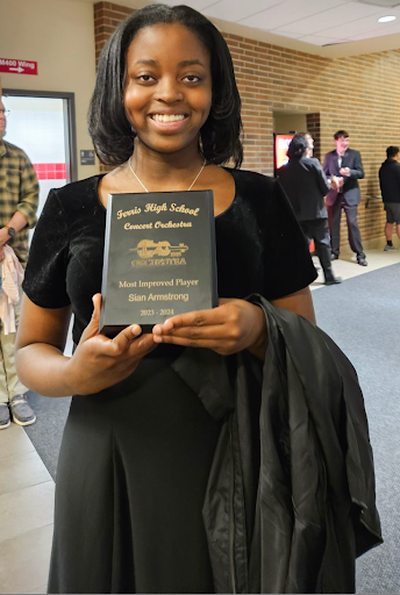The Civil Rights Movement was a powerful force for justice that transformed the nation. It dismantled segregation and marked a pivotal moment in American history. Men and women from all social classes united to fight for the rights of all people. However, they were not the first to do so.
Young adults across the country began advocating for civil rights long before figures like Martin Luther King Jr. and Rosa Parks appeared.
Their contributions are still crucial to our rights, both then and now.
Even before the 1900s, young people protested racial inequality. The Student Nonviolent Coordinating Committee (SNCC) and the NAACP Youth Councils played significant roles during the Civil Rights Movement.
The SNCC was founded in 1960 by African American college students who opted for nonviolent methods of protest. This organization educated others about voting rights and helped people like them to access voting information.
Although these students made a considerable impact on the movement, they chose not to collaborate with Martin Luther King Jr. and the Southern Christian Leadership Conference (SCLC).
Why would two groups fighting for the same cause be at odds? The answer is like disagreements over how to build a paper airplane or assign roles in a group project – you don’t agree on how to do it.
The SNCC focused on nonviolent actions, using picket signs and marches, while the SCLC favored a more hands-on approach.
Meanwhile, the NAACP youth councils were also instrumental in organizing protests. Their efforts were not limited to local actions; they engaged actively at the state and national levels.
Unlike the SNCC, these young people collaborated with the SCLC and Martin Luther King Jr.
Despite their challenges and differing strategies, both groups worked towards achieving equality for everyone in the country, paving the way for more young people to join the fight.
The Black Lives Matters movement is one of many examples of youth activism. And none of this would have been possible without those first young trailblazers paving the way.
So, if you see or hear something that you don’t like, don’t just sit back; ask yourself this question: What are you going to do about it?
